In Cao Phong district, orange growers once proudly called their golden oranges "pure gold on the branches and leaves". At one time, Cao Phong oranges were the pride of Hoa Binh not only because of their sweetness, but also because it was the first agricultural product brand in the province to be protected by geographical indication. In 2024, the Provincial People's Committee issued a decision to transfer the management of the "Cao Phong" geographical indication to the District People's Committee, which is an adjustment step to comply with Decree No. 65/2023/ND-CP of the Government and practical implementation at the grassroots level.
The booth of Yen Tri Agricultural Cooperative (Yen Thuy district) at the Trade Promotion Fair held in Hanoi, introduced OCOP products protected by collective trademarks, contributing to spreading the value of local agricultural intellectual property.
Cao Phong oranges are still sweet and fragrant, but the transfer of management rights poses an urgent requirement: if not accompanied by implementation capacity, funding, quality control, labeling instructions... then even though the legal label remains, the brand value in the market may gradually fade.
The story of Cao Phong oranges is not an isolated one. In the general picture of Hoa Binh agricultural products, intellectual property is becoming a valuable "reserve", but if not preserved and exploited, it can become a legal burden, even an "invisible wall" preventing products from entering the big market.
In the journey to realize the Intellectual Property Strategy to 2030, Hoa Binh is not the leading province, but it is one of the localities that shows seriousness, method and perseverance. Behind the diplomas, trademarks and geographical indications is a whole system of policies integrated throughout the province's key economic programs from OCOP, new rural construction, commodity agricultural development to innovation and community tourism.
By 2024, the entire Hoa Binh province had more than 400 certificates of industrial property rights protection, of which 31 certification trademarks, 20 collective trademarks and 1 geographical indication stand out - a significant number when compared to the starting point of a mountainous province. The protected products all have distinct indigenous characteristics such as: Muong Dong bamboo rice, Mai Chau green dam fish, Pa Co black chicken, Luong Son tea, Tan Lac red grapefruit... These are names that not only represent agricultural products, but also represent the lands. Not stopping there, Hoa Binh began to step out of the "safe zone" when it included Da Bac community tourism in the certification trademark registration process - a positive signal showing that awareness of intellectual property is expanding beyond the scope of tangible material, spreading to services and identity experiences.
Propaganda and training activities have also been promoted more than before. In 2024, departments and branches organized dozens of conferences and training courses on the use of traceability systems, trademark protection, OCOP product marketing, etc. In addition, the province maintains and operates the Industrial Property Information Exploitation Station (IPPlatform), regularly updates data on the provincial e-commerce platform, contributing to improving the digital capacity of local products.
Despite significant progress, the implementation of the Intellectual Property Strategy in Hoa Binh still reveals many limitations. The report of the Provincial People's Committee clearly pointed out: The use of trademarks is still formal, lacking operating regulations; difficulties in controlling stamps and labels, tracing origins and the lack of synchronization in public intellectual property management. In addition, there are problems with funding and human resources; "low points" in awareness...
In the context of intellectual property increasingly becoming a soft competitiveness indicator of the locality, according to experts, Hoa Binh needs a deeper, stronger strategy, not just stopping at the number of certificates or the list of protected products. What is needed now is to restructure the entire "life cycle" of an intellectual property, from the establishment of rights to exploitation, management and reinvestment back to the ownership community.
First of all, it is necessary to develop and promulgate unified regulations on the management of public intellectual property, especially certification marks and geographical indications associated with localities. The regulations answer three questions: Who is responsible for management? Who has the right to use them? And how to use them properly so as not to damage the brand. Delegating management rights to the district level as in the case of Cao Phong oranges is reasonable in terms of decentralization, but without a clear legal framework, the risk of "everyone doing their own thing" is entirely possible.
Next, according to experts, the province needs to invest in building the capacity to operate intellectual property at the grassroots level. Cooperatives, OCOP entities, small businesses - those who directly create product quality - must also understand how to use trademarks, traceability stamps, monitoring systems and, more importantly, the value that intellectual property can bring. Training them is not only to popularize the law, but also to give them tools to protect their own brands.
Intellectual property is not just a certificate of protection. It is a commitment between the product maker and his land, that they will preserve, cherish and bring it further every day. The issue is not how many brands Hoa Binh has, but how many names can truly survive in the market. To do that, each brand needs to be given the right to live, not just a license to exist.
Minh Vu
Source: http://www.baohoabinh.com.vn/12/199941/Tai-san-tri-tue-cua-de-danh-cho-thuong-hieu-ban-dia.htm


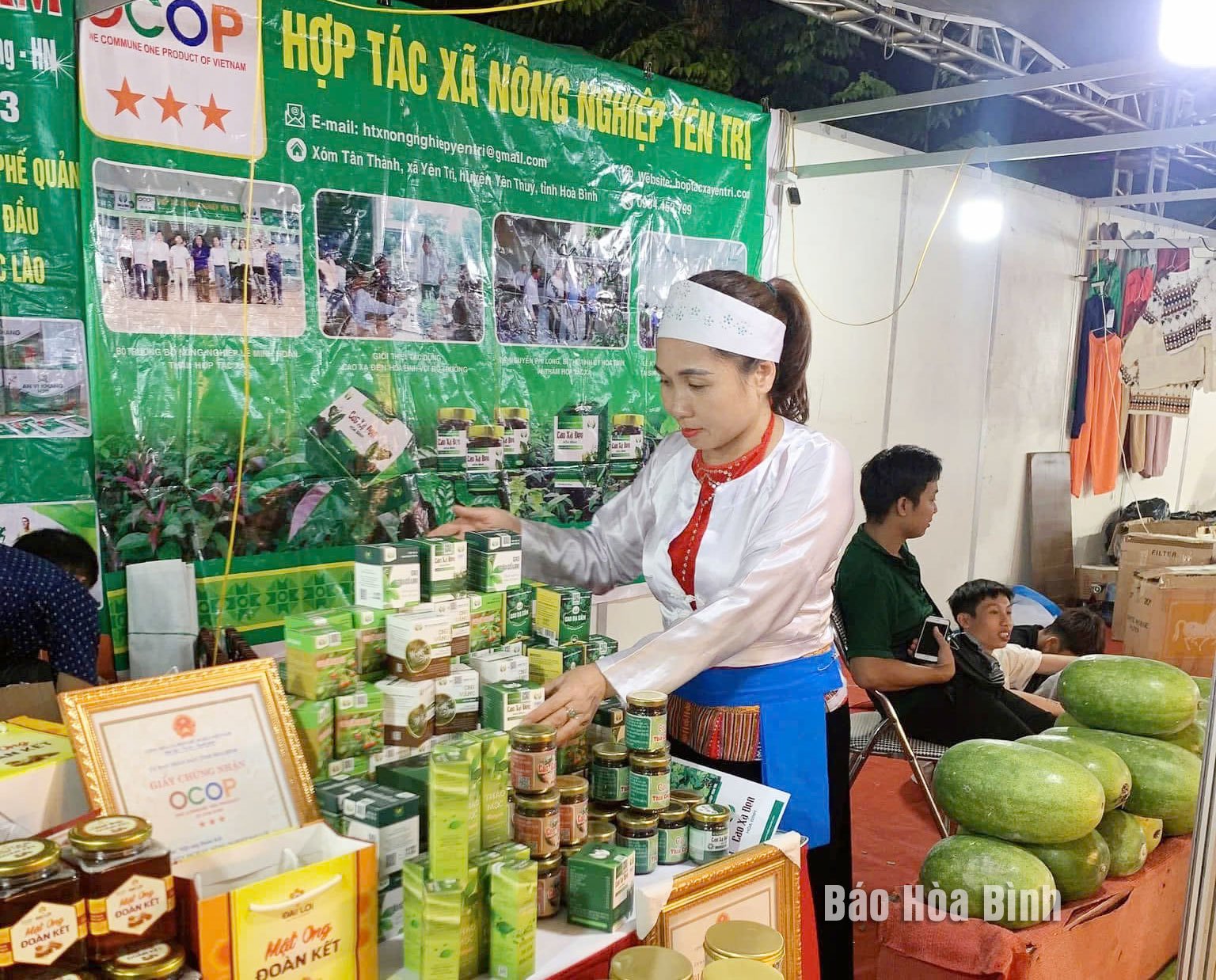
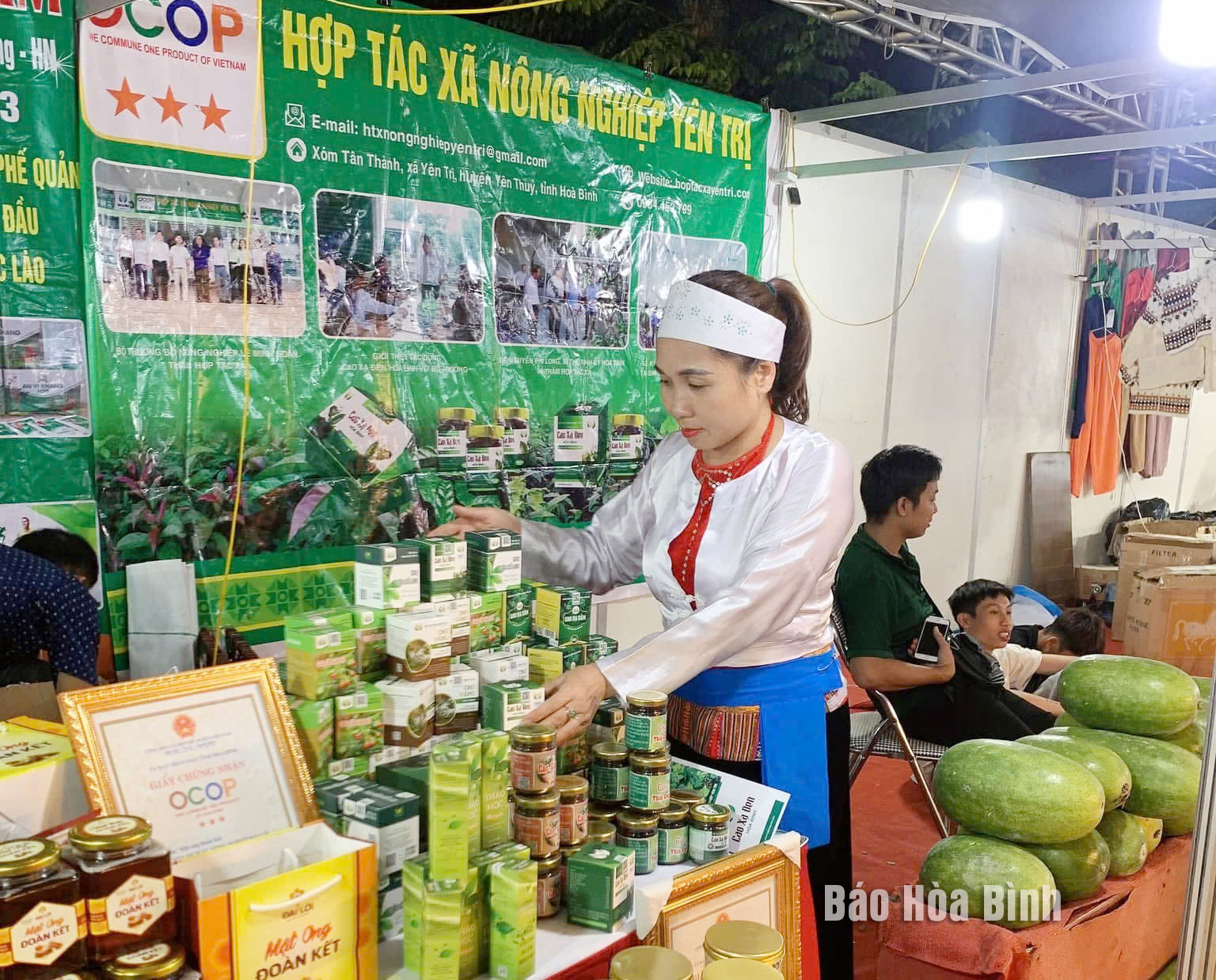









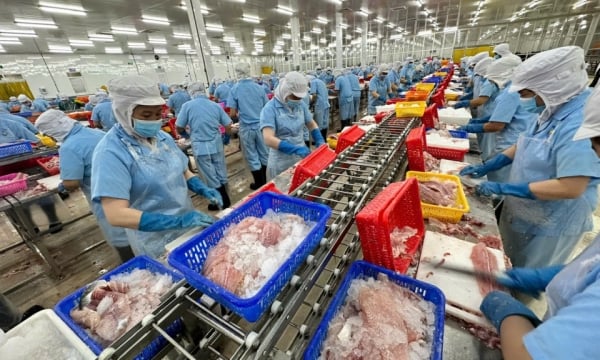
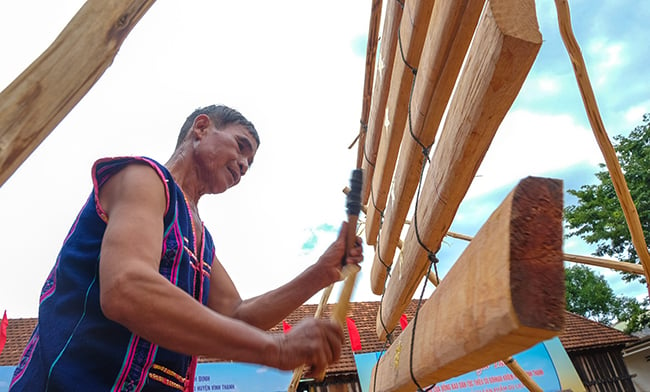
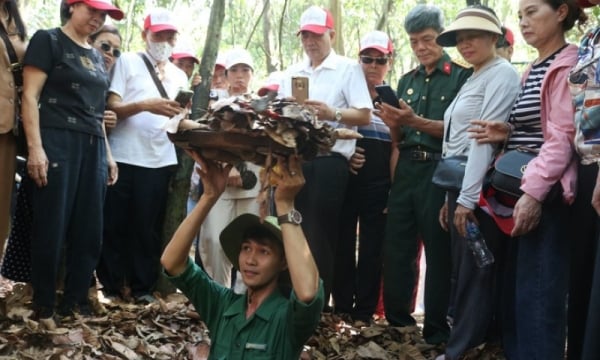


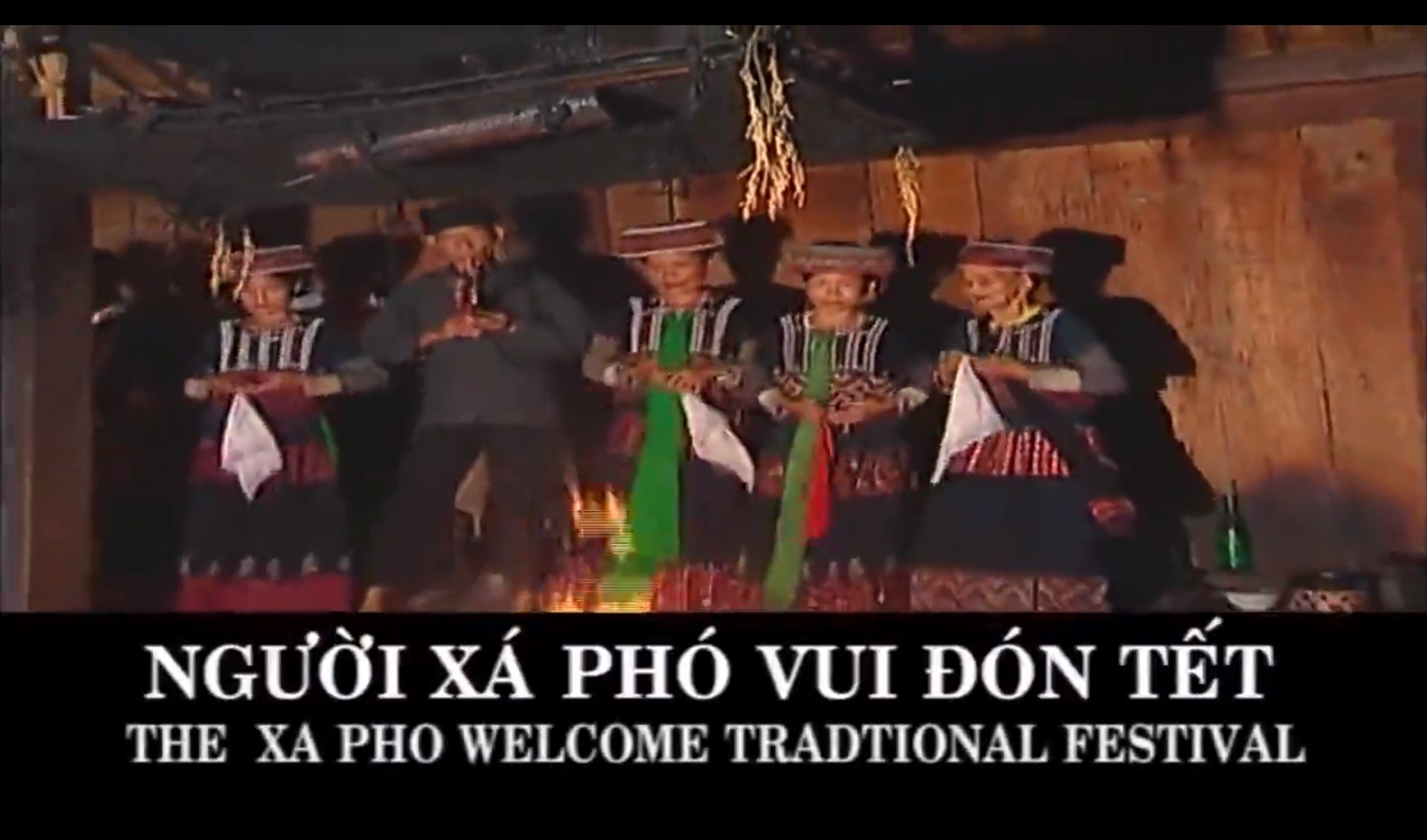


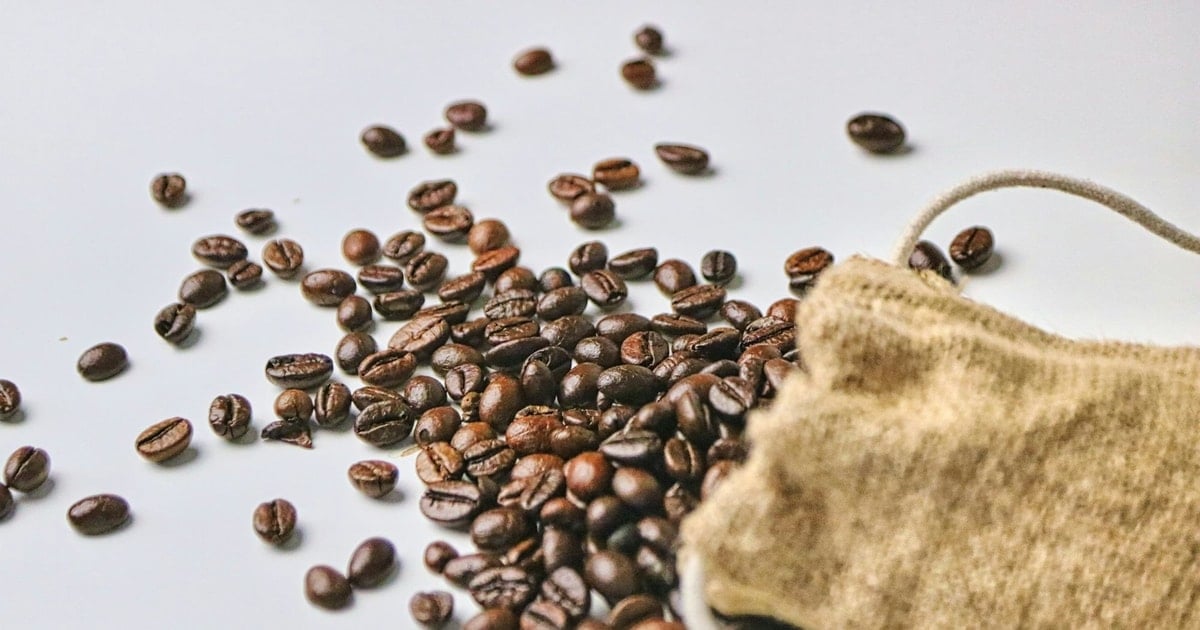

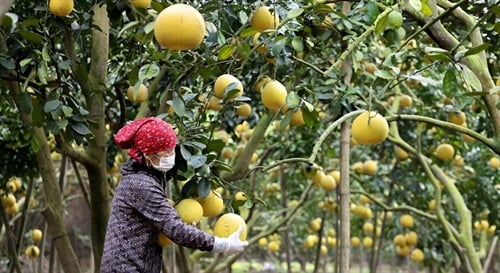

![[Photo] "Beauties" participate in the parade rehearsal at Bien Hoa airport](https://vstatic.vietnam.vn/vietnam/resource/IMAGE/2025/4/11/155502af3384431e918de0e2e585d13a)









































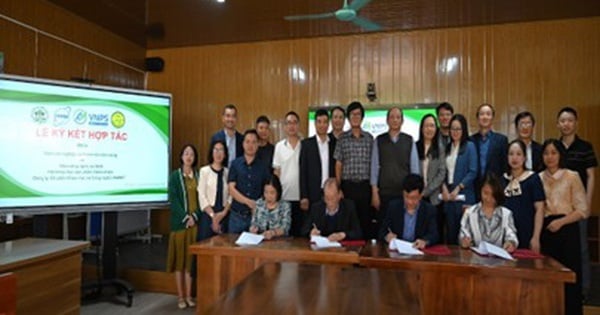


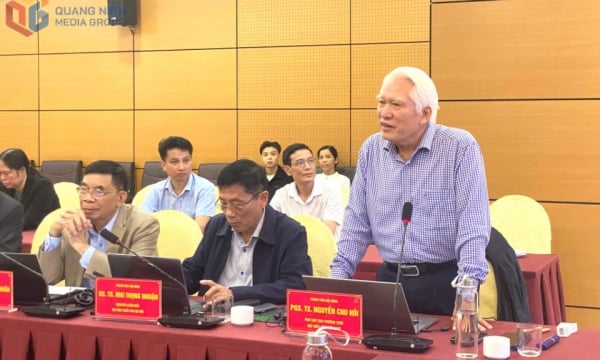






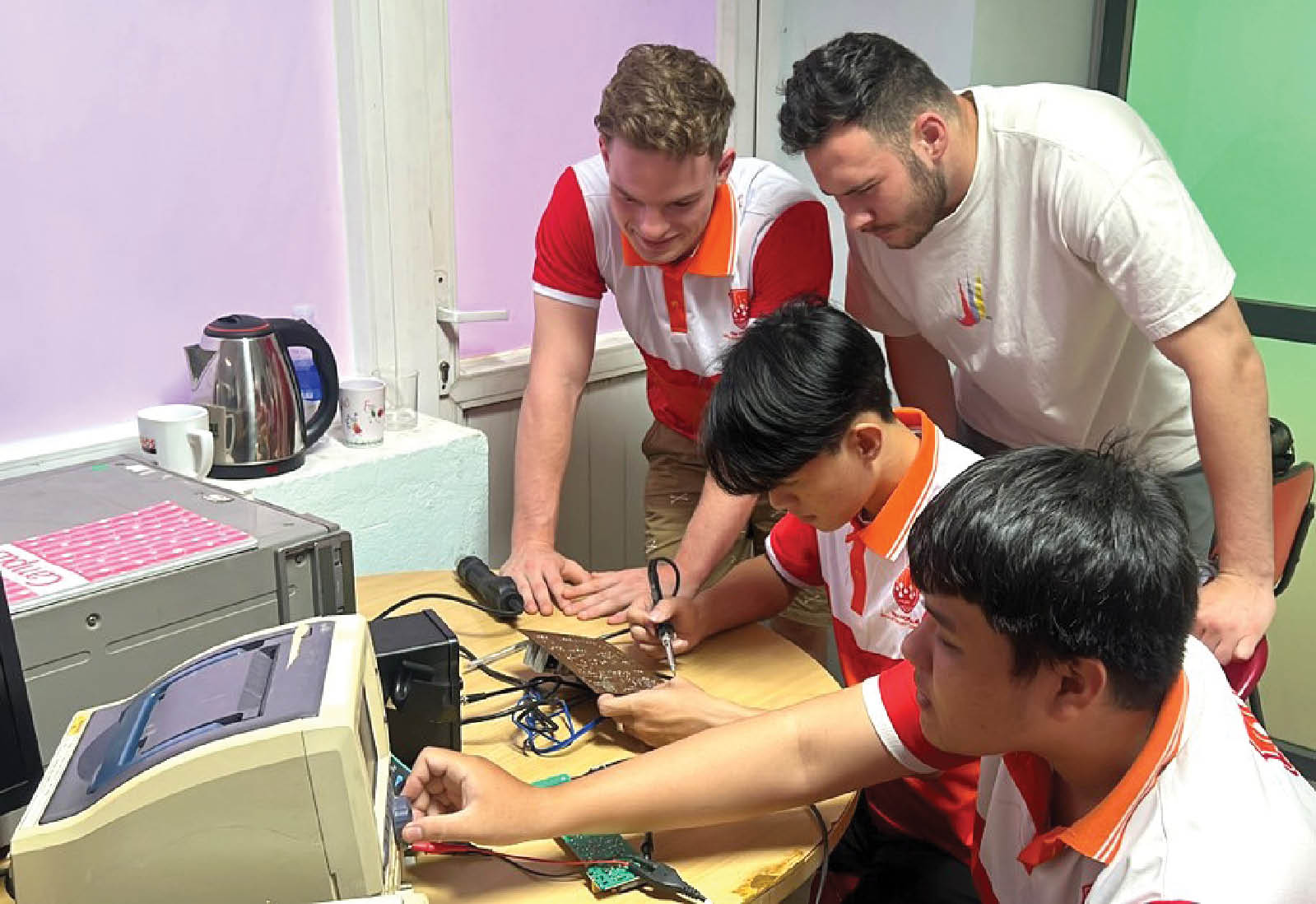

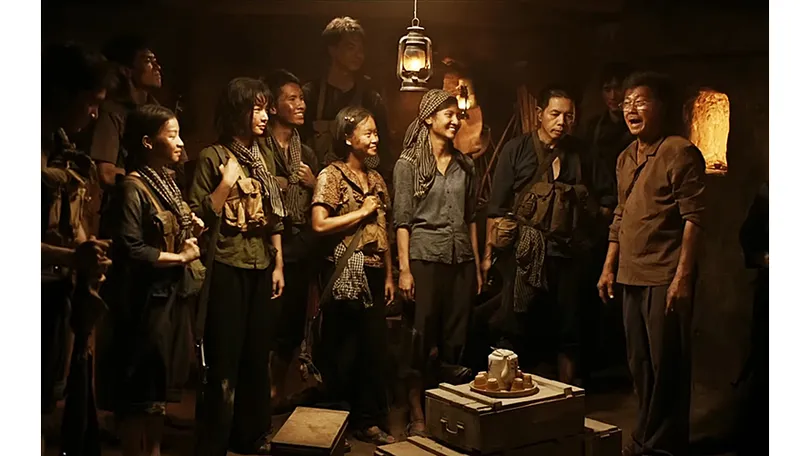










Comment (0)